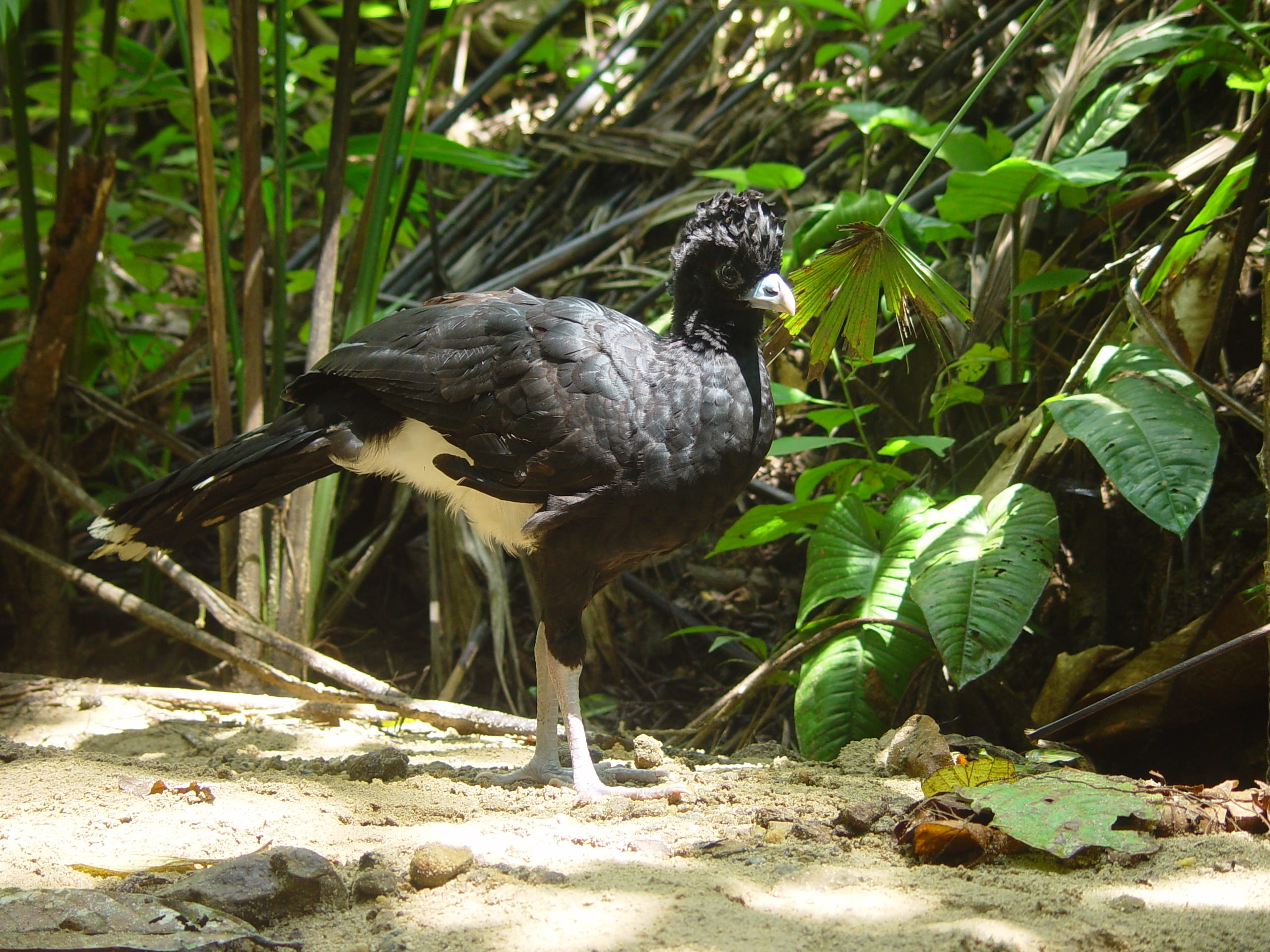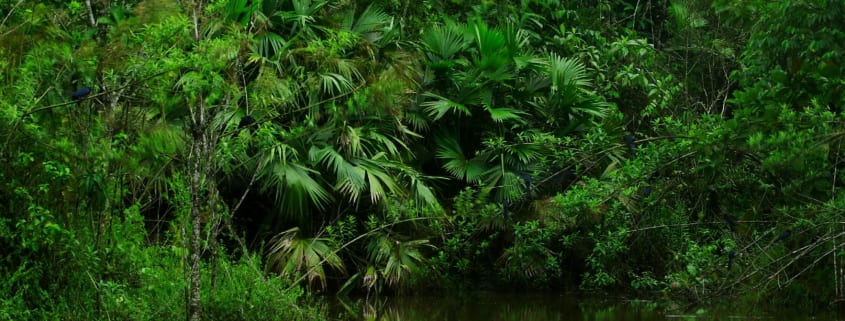Colombia’s El Paujil Reserve Expanded
Header photo courtesy of Fundación ProAves.
Central Colombia’s Magdalena Valley is one of the most biodiverse places on Earth. Centered around the 700-mile Magdalena River, this lowland rainforest is a biological melting pot with flora and fauna from both the Amazon and the Chocó.
But the valley also has astounding levels of endemism, a result of its relative isolation. The Magdelena rainforest provides vital habitat for many threatened species that live nowhere else, like the Critically Endangered Blue-billed Curassow and the Magdalena Spider Monkey. Researchers consider the latter to be one of Earth’s rarest primates. The area is also home to populations of the Jaguar, Spectacled Bear and Magdalena Lowland Tapir (a Critically Endangered subspecies).
Unfortunately, almost the entire Magdalena rainforest is already gone. Only 85 miles north of Bogotá, the region is under intense pressure for logging, cattle ranching and illicit coca plantations. Deforestation has destroyed over 16.1 million acres (98 percent) of the region’s lowland rainforests.

The Critically Endangered Blue-billed Currasow. Photo courtesy of Fundación ProAves.
But, as of this month, 1,178 more acres of the remaining forest are now safe from threats. After years of negotiations, Rainforest Trust and partner Fundación ProAves made a strategic purchase that blocks access to and expands the only strict-protected area in Colombia’s Magdalena Valley, El Paujil Reserve.
“The loss of all but a fraction of this incredible ecosystem is a devastating blow to so many irreplaceable species,”
said Rainforest Trust CEO Paul Salaman. “And though it has taken us more than 10 years to protect this last stand of lowland Magdalena rainforest next to El Paujil, we rest assured that this purchase blocks development access and provides a buffer to this critically-placed reserve.”
The main focus of the El Paujil Reserve is species recovery and ecological restoration, in collaboration with nearby communities. The protected area offers environmental education activities for children and adults, including a long-running annual festival celebrating the Critically Endangered Blue-billed Curassow.
This project was made possible by the SAVES Challenge and donors to the Conservation Action Fund, with a special note of thanks to Terry and Soni Baltimore, the Doolin Foundation for Biodiversity, the Felburn Foundation, Larry Thompson and the Quick Response Biodiversity Fund.





